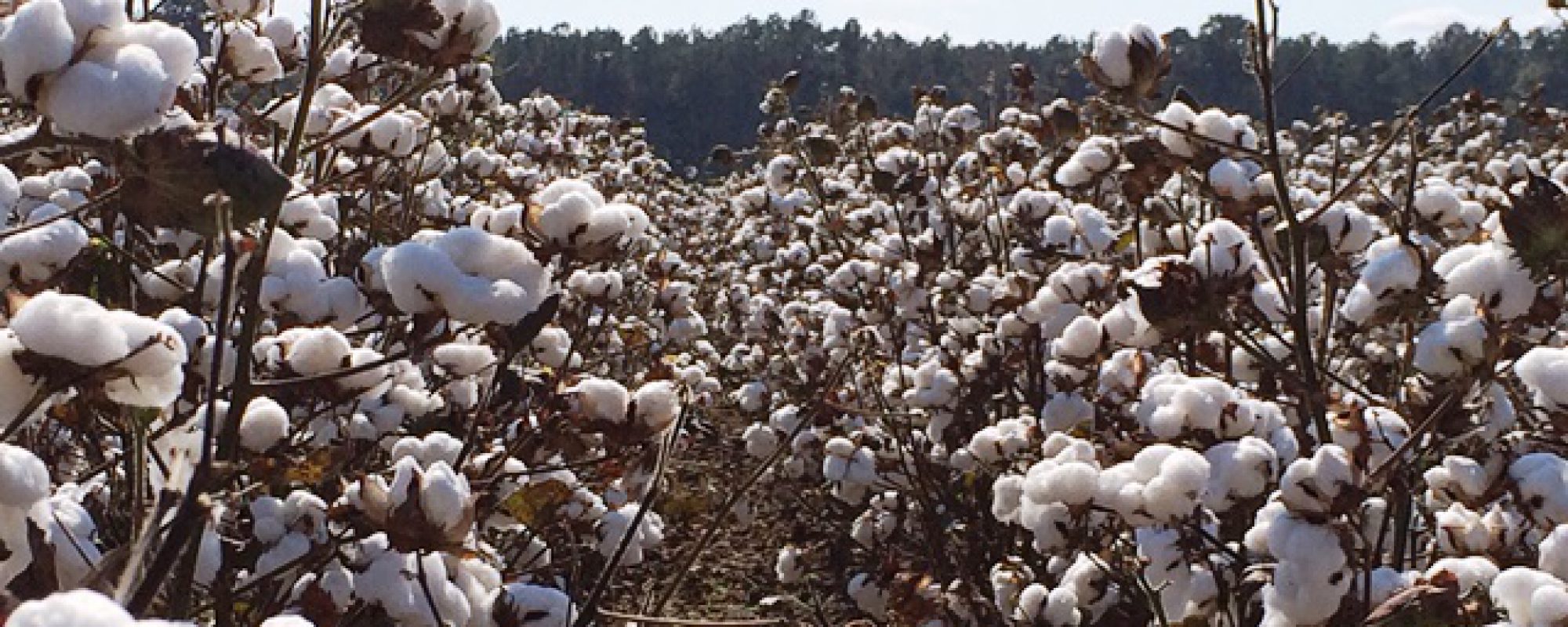Be sure to scout your peanut fields for worms. Farmers have been spraying isolated areas south and west of us recently for tobacco budworms. I visited a peanut field with Greg Sikes and Jason Parker this morning and was surprised to find cabbage loopers and fall armyworms (Figure 1) instead of tobacco budworms. It does not take a lot of these caterpillars to cause significant defoliation (Figure 2) when the crop is less than 50 days after emergence. There is no need to panic, but be sure that you are looking at your fields for worm issues. Dr. Mark Abney says that there has been a lot of field to field variability in pressure and most of the reports of injury have come from the south-central and southwest portions of the state.


Knowing when to treat caterpillars in young peanuts can be tricky. The standard 4 to 8 caterpillars per row foot is not really applicable this early in the season as that many insects per foot will likely result in complete defoliation. Correct identification of caterpillars is essential for proper insecticide selection. Please let me know if you have questions.
